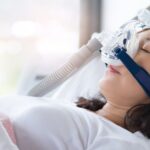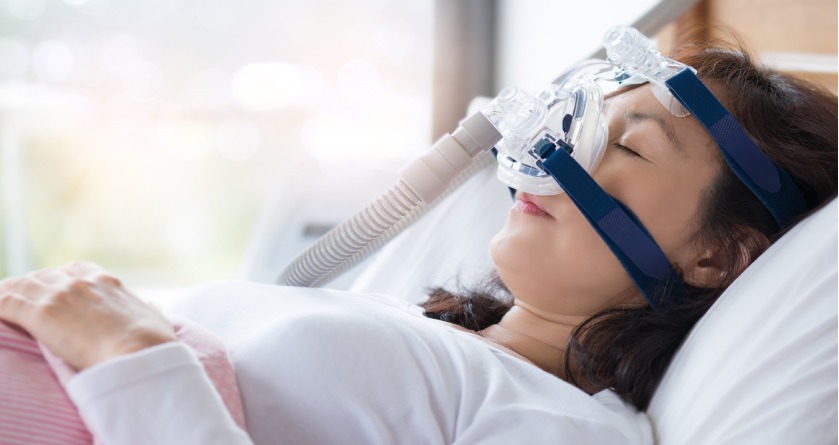For many people, the thought of visiting the dentist can trigger feelings of unease or even intense anxiety. This fear often leads to postponing or avoiding much-needed dental care, which in turn can worsen oral health issues over time. In recent years, a growing number of patients have discovered an approach that transforms the dental experience from stressful to soothing: sleep dentistry. This method allows patients to receive treatments without the anxiety or discomfort they might otherwise feel, paving the way for better oral health and greater peace of mind.
Understanding Sleep Dentistry
Sleep dentistry, also known as sedation dentistry, uses carefully administered medication to help patients relax during dental procedures. Depending on the needs of the patient and the type of treatment, sedation can range from mild relaxation to deep sleep. This allows the dentist to complete more complex procedures in fewer appointments, while the patient remains at ease.
Unlike general anaesthesia, which renders a patient fully unconscious, most sedation methods keep patients in a semi-conscious state. This means they can still respond to questions or instructions but are unlikely to remember much about the procedure afterwards. The sense of calm and reduced awareness makes even lengthy or complex treatments manageable.
Who Can Benefit from Sleep Dentistry?
Sleep dentistry isn’t just for people with severe dental anxiety. It can be an excellent option for:
- Patients with strong gag reflexes that make dental work difficult.
- Those with low pain tolerance who find standard anaesthetics insufficient.
- Individuals needing extensive dental work that would be uncomfortable to complete in one sitting.
- Children or patients with special needs who may struggle to remain still during procedures.
For many, choosing to enjoy dentistry without fear through sleep dentistry is the first step towards regaining control over their oral health.
How Sedation Works in a Dental Setting
The type and level of sedation are tailored to each patient’s needs, medical history, and the complexity of the procedure. Common methods include:
- Nitrous Oxide (Laughing Gas) – A mild sedative inhaled through a mask, often used for shorter or less invasive procedures.
- Oral Sedation – Taken in pill form before the appointment, providing a deeper sense of calm and drowsiness.
- Intravenous (IV) Sedation – Administered directly into the bloodstream for a controlled and deeper level of relaxation.
- General Anaesthesia – Used in rare cases for highly complex treatments or patients who require complete unconsciousness.
Throughout the procedure, trained professionals monitor vital signs to ensure safety, adjusting the sedation level as needed.
Safety Considerations
One of the most important aspects of sleep dentistry is its emphasis on safety. Before recommending sedation, dentists conduct a thorough review of the patient’s medical history and any current medications. The dental team ensures that all equipment is ready for continuous monitoring, and that recovery protocols are in place for a smooth and safe experience.
Patients are generally advised to have someone accompany them to and from the appointment, particularly if oral or IV sedation is used, since grogginess may persist for several hours afterward.
Benefits Beyond Anxiety Relief
While anxiety reduction is the most well-known advantage, sleep dentistry offers other important benefits:
- Efficiency – Longer or multiple treatments can often be completed in a single visit.
- Comfort – Reduces physical strain, such as jaw soreness from keeping the mouth open for extended periods.
- Improved Treatment Outcomes – Patients are more likely to follow through with necessary treatments when fear is no longer a barrier.
- Positive Associations – Over time, patients may develop a more relaxed attitude towards dental visits, even without sedation.
For those who have avoided dental care for years, sleep dentistry can be a turning point, enabling them to restore both oral health and confidence.
What to Expect After Sedation
Recovery times vary depending on the type and depth of sedation used. Nitrous oxide wears off within minutes, allowing patients to resume normal activities quickly. Oral and IV sedation typically require several hours of rest, and patients may have little to no memory of the procedure.
It’s common to feel a bit disoriented at first, but most people find that the comfort and anxiety-free experience far outweigh the temporary side effects. Dentists provide post-treatment instructions to ensure patients recover smoothly and maintain their results.
Creating a Relaxing Dental Experience
The calming effects of sedation can be further enhanced by the dental environment itself. Modern clinics are increasingly adopting design elements and amenities that make patients feel at ease the moment they walk in. From soft lighting and soothing music to comfortable chairs and spa-like touches, these details can transform a routine dental appointment into a surprisingly pleasant experience.
In fact, in some parts of the world, the concept of a dental spa creates relaxing atmosphere, blending oral care with the ambience of a luxury retreat, is becoming more popular. When combined with sleep dentistry, this approach offers patients the ultimate in comfort, safety, and stress-free care.







